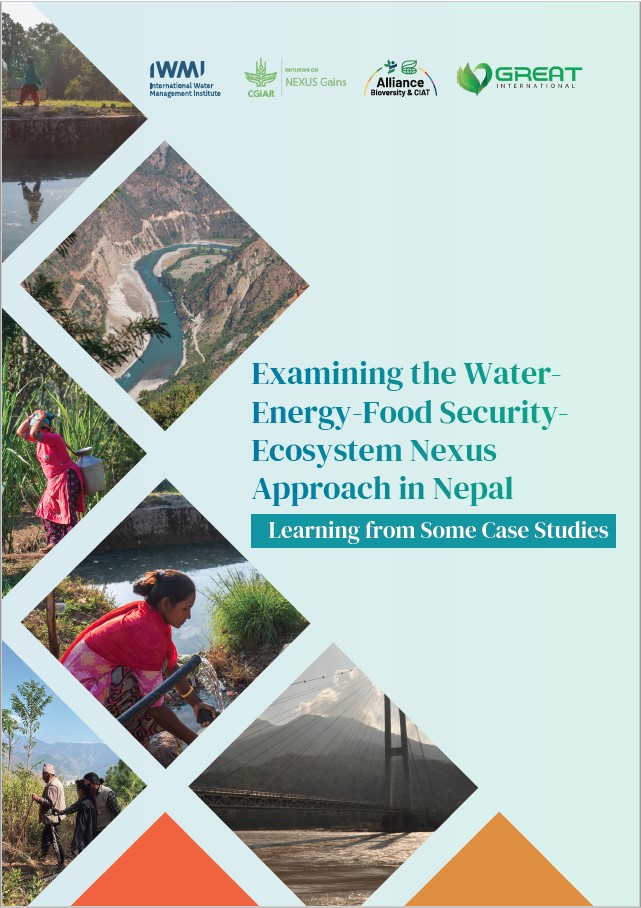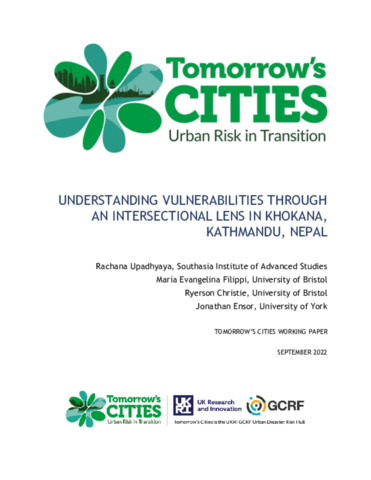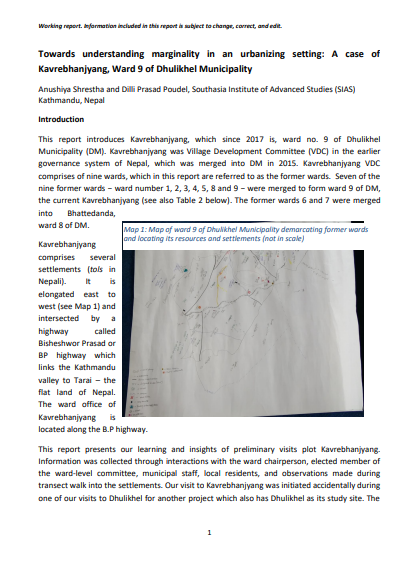By Netra Prasad Timsina and Kushal Pokharel
Introduction
Out of eight South Asian countries, six largely depend on the water system of Himalayas and Mountains. The Himalayan region has the largest concentration of glaciers outside the polar caps generally called ‘Third Pole’. The water system in Himalayas has been the basic lifeline of the billions people of the region as most of the river basin are glacierized and originated from the Himalayas and Mountains in South Asia. While Himalayas and Mountains in South Asia are highly vulnerable to climate change particularly by the rising temperature that have resulted into melting of glaciers, many of the inland (terrestrial areas) in the South Asian countries have been the hotspots of climate change adversely affecting the nature, people and economy of the region.
This paper is prepared primarily based on the secondary sources. The paper reviews the current trend of degradation of the Himalayas and Mountains as hotspots of climate change particularly due to the rise of temperature and pollution (emission of GHG and Black carbon) in the region. This also captures how water supplies are emerging as grave threats for hundreds of millions of downstream people across many parts of South Asia. The drivers of the climate change are also discussed with a focus on their role in glaciers retreat in Himalayas and extreme climate events in downstream terrestrial areas. In addition to the Himalayas as hotspot of climate change, this paper also reviews some of the studies on the hotspots in different places of South Asian countries. The paper also discusses about the impact of the climate change on the livelihoods of people in hotspots areas, where the temperature is already above the optimal value. The last section of the paper presents some key messages and policy implications to be considered by the South Asian governments to address the climate crisis in the region.







